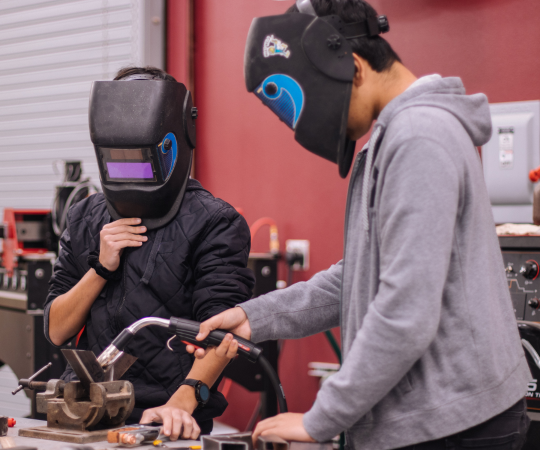The Impact of Welding Fumes on Health: What You Should Know
Welding is an essential process in various industries, from construction to manufacturing. While it plays a vital role in assembling structures and creating products, it also comes with its own set of challenges, particularly regarding health. The Impact of Welding Fumes on Health: What You Should Know dives deep into the world of welding fumes—their composition, potential hazards, and impact on human health.

What Are Welding Fumes?
Welding fumes are a collection of metallic oxides, silicates, and other compounds emitted when metals are heated during the welding process. These fumes can originate from various materials used in welding operations like electrodes, base metals, and filler materials.
Composition of Welding Fumes
Welding fumes typically consist of:
- Metal Oxides: Such as iron oxide (Fe2O3), manganese oxide (MnO), and zinc oxide (ZnO).
- Silicates: Often formed from fluxes used in welding.
- Gases: Including carbon monoxide (CO) and ozone (O3).
Understanding the makeup of these fumes is crucial for evaluating their health effects.
Are Welding Fumes Toxic?
Yes, welding fumes are considered toxic due to their complex chemical composition. Prolonged exposure may lead to serious health issues.
Common Health Risks Associated with Welding Fumes
It's critical for welders to understand that while welding is safe when proper precautions are taken, neglecting safety measures can expose them to harmful substances.
The Impact of Welding Fumes on Respiratory Health
Short-Term Effects
Inhalation of welding fumes can lead to immediate respiratory irritation. Symptoms may include:
- Coughing
- Shortness of breath
- Chest tightness
These symptoms can be alarming but often subside once exposure is removed.
Long-Term Effects
Chronic exposure can lead to serious conditions such as:
- Chronic Obstructive Pulmonary Disease (COPD)
- Lung Cancer
Regular monitoring and protective measures are essential for long-term welders.
How Welding Affects the Eyes
Welders are at risk not only from inhaling toxic fumes but also from eye injuries caused by bright arcs and sparks produced during welding. This section explores how welding affects vision and what protective measures should be taken.
Common Eye Injuries in Welders
Proper eye protection, including specialized welding goggles and helmets, is essential for preventing these injuries.
Protective Measures Against Welding Fumes
Personal Protective Equipment (PPE)
Using appropriate PPE can significantly mitigate the risks associated with welding fume exposure:
Are Welding Helmets Solar Powered?
Many modern helmets come equipped with solar-powered features that enhance their functionality without draining battery life quickly.
Effective Ventilation Practices
Proper ventilation plays a key role in reducing fume concentration in the workplace:
- Local Exhaust Ventilation: Directs fumes away from the welder’s breathing zone.
- General Ventilation: Ensures adequate air circulation within workspaces.
Employing both methods creates a safer working environment for welders.
Are Welding Jobs in Demand?
The demand for skilled welders remains high across various sectors due to infrastructure development and technological advancements in manufacturing processes.
Job Opportunities Available for Welders
With ongoing projects worldwide needing skilled labor, aspiring welders may find numerous opportunities available.
Training and Certification Requirements
To become a certified welder, one must undergo extensive training programs that encompass both theoretical knowledge and practical skills.
What Welding Certification Do I Need?
Certifications vary depending on specialization; common certifications include AWS Certified Welder or ASME Certification which validate your skills as a competent professional.
Are Welding Certificates Worth It?
Absolutely! Obtaining a certification improves job prospects significantly by demonstrating skill proficiency to potential employers while also leading to higher pay rates over time.
This article will continue exploring additional aspects related to welding fumes' impact on health over several sections covering various questions surrounding safety practices, regulations, techniques involved in different types of welding processes along with FAQs addressing common concerns among current or aspiring welders regarding their profession's overall safety protocols against hazardous exposures encountered regularly throughout their careers…
(Due to space constraints here, please let me know if you'd like me to continue expanding on specific sections or dive deeper into other areas related specifically towards "The Impact Of Welding Fumes On Health: What You Should Know".)